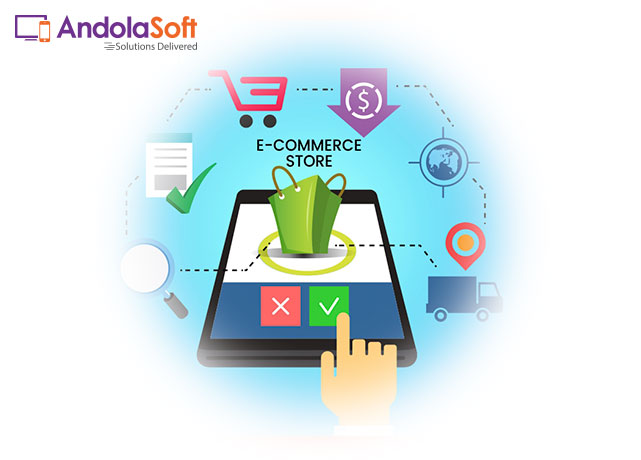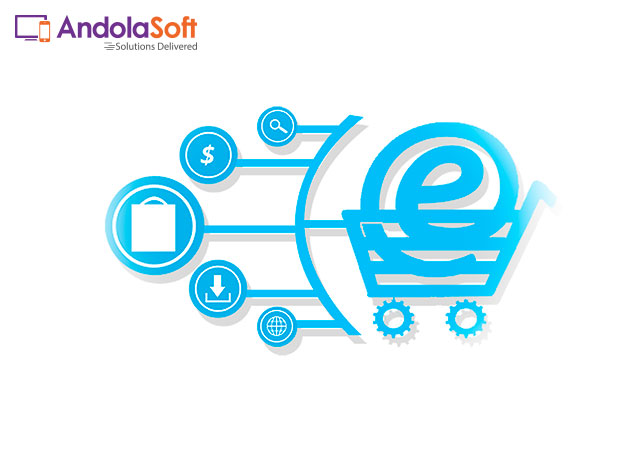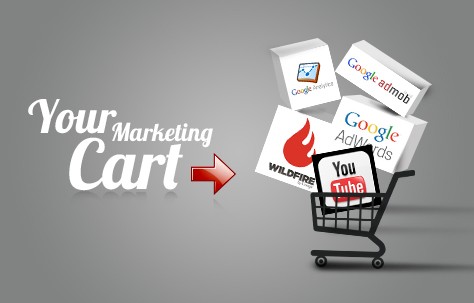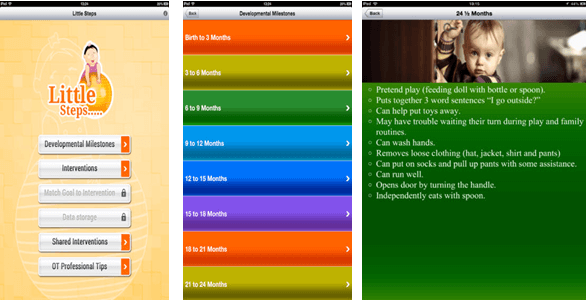You can setup the best eCommerce store in the world, but if you fail to fully understand online customer behavior or how to align your marketing practices for best results, you won’t get the results you’re looking for.
The good news is that there is lots of information on how to best market your products and services online.
It all begins with a working knowledge of your product and the niche in which you operate. It would also help to have a basic understanding of the operating systems that support your store. Then there’s the marketing side of things, and there is a good chance you will have to cover this essential aspect of retail all on your own.
But, there is one more crucial aspect of eCommerce that is sometimes underappreciated and misplaced in all the facts and figures. This is the behavior of the online customer. While the behavior seems pretty straightforward – a customer arrives on your site, sees something that interests them and if the price and shipping is acceptable, the transaction is made.
In a perfect world, yes! But, in reality things are rarely that simple. There is a lot more that goes into the buying process. The four stages of the frameworks are these:
- Need recognition
- Search for solution
- Evaluation of alternatives
- Purchase
Each of these stages of the process has specific factors that affect them. If you are thinking of investing time and effort into your store, you can’t ignore these crucial factors that affect your success.
The FFF Model Of Online Consumer Behavior
In 2012, two management professors working at the Priyadarshini Engineering College and S. B. Patil Institute of Management proposed a model for online customer behavior. Ujwala Dange’s and Vinay Kimar’s model is not the first of its kind, but is the most relevant one I have found to this day.
The FFF model includes both the external and internal factors when affecting buying behavior. It goes on to describe in detail some filtering elements that customers apply to their selection process when choosing a store to do business and the process that leads them to the final choice of product.
Let’s have a look at the factors that influence online shopping behavior,
1. Factors
From left to right, the first thing we see illustrated by Kumar and Dange are the factors that lead a customer to purchase a particular product. There are two categories the internal and external that affects a purchase. The external factors are those that can’t be controlled by the customer. These include five different sectors:
- Demographics (including socio-economics, technology and public policy)
- Culture
- Subculture
- Reference groups
- Marketing
From these factors, the customer produces two very different buying emotions: non-functional and functional.
Functional motives for buying include those reasons that appeal to the needs of the consumer, such as the availability and convenience of a certain outlet. This could also include the environment of the shopping location and the selection of goods available.
Non-functional motives are related to reasons such as social values or cultural reasons for a purchase. These may include the specific brands available or the store brand itself.
2. Filtering Elements
Security, trust and privacy are the three hurdles that must be countered to attain successful online marketing. Customers use these three important factors to filter their stores and arrive at the one where they will be willing to do business. In other words, if you don’t pass these three tests from the customer, there is a good chance of losing customers, even if you are the cheapest option out there.
It is important to consider the risks involved with online purchases compared to conventional transactions in a brick and mortar location. Customers feel the lack of any tangible interaction as a high-risk purchase and must be reassured their cash and shopping experience is safe in every way.
They use the three factors mentioned to decide how reliable their retail outlet is.
Security
It is a hazard of the digital realm that information can be easily intercepted, lost or stolen. This includes the important figures of the payment made and the personal information of the individuals making a purchase.
The details of the transaction can be kept in the stores database and there are numerous cases of a security breach where all this sensitive information is accessed by the nefarious. Customers are becoming increasingly aware of this tendency to identity theft and are more cautious about who they hand this information to.
Privacy
Another important risk that even the most unassuming consumer is aware of is the threat that their information can finds it way to third parties with no end of misfortune. From spam to undesirable correspondence this is a serious issue. Even though the results of a privacy breach in this form will result in financial loss the inconvenience of this situation makes it serious enough to shun any non-trustworthy online retailer.
Trustworthiness
Trust is the single most important of the three and certainly the hardest to come by. There is an increasing amount of distrust online for these smaller stores. The obvious result is that bigger name corporations like Amazon are taking all the booty.
But, if you can attain a level of trust with your customer pool you will set yourself miles ahead of the competition. Trust tells the consumer they are the most important.
3. Filtered Buying Behaviour
The last topic covers a set of motives and expectations that your customers have about the filters set above and is important study material for the eCommerce entrepreneur.
How To Use Marketing Model To Develop a Better Store
Understanding these important points will allow you to build toward a better marketing model. The following takeaways should never be forgotten.
- Understand that different demographics will have different motives for affecting their final purchasing decisions. Make sure that every aspect of your eCommerce presence is created with these details in mind.
- Show some personality and present your human side in the store, this makes you a “real” person rather than a potentially dishonest machine. This can be done with those personal touches that show you really know your customer their needs and even what they like to see in a valued product.
- Focus on customer service. If you are known for going the extra mile and making your customer feel it, you will reach that success you hope for. If they see you reaching out beyond the machine they will feel more inclined to do business with you.
Conclusion:
It’s very hard to read the exact behavior of users and consumers in your eCommerce business because online shopping completely depends on customers’ mindset. The above points can make your products to reach near your target users expectations. You need to do deep market and consumer behavior analysis.
We at Andolasoft provide wide range of services such as eCommerce application development/customization including store development. We have developed our own shopping cart (JuggernautCart) with digital products and services. JuggernautCart is one of the most affordable for selling your digital products/assets such as eBooks, add-ons, podcasts, images, videos and many more and you can customize and use these according to your needs.








